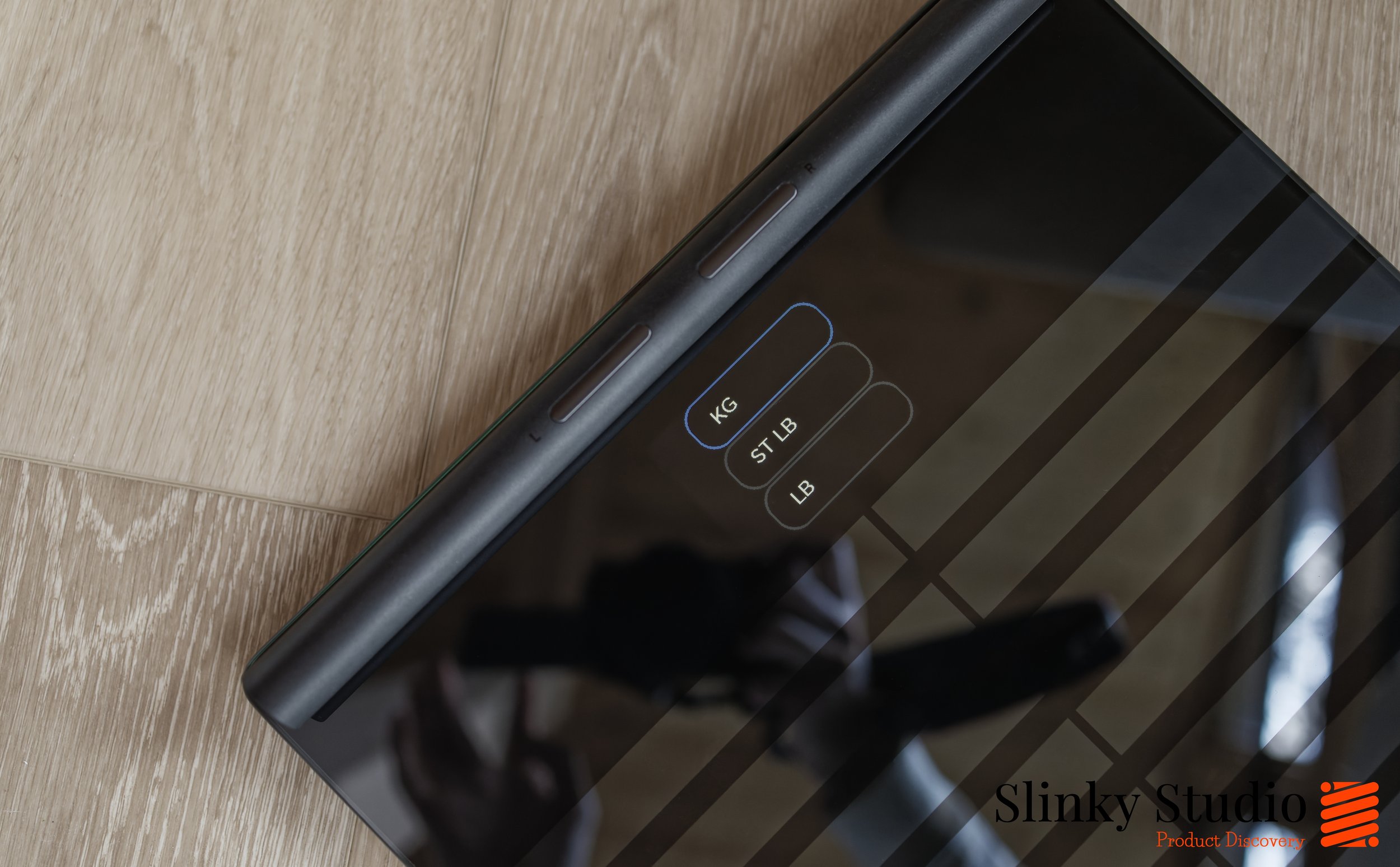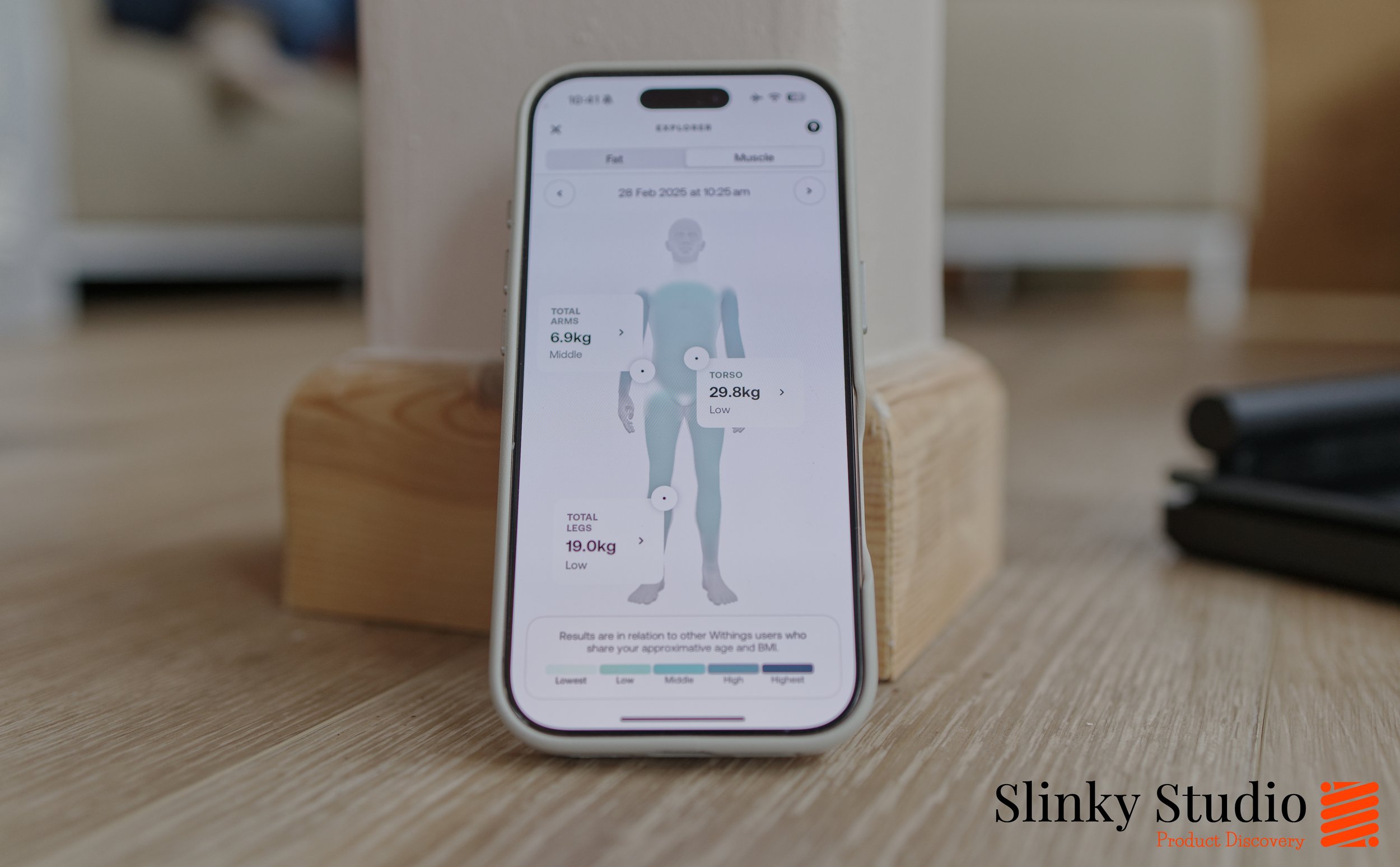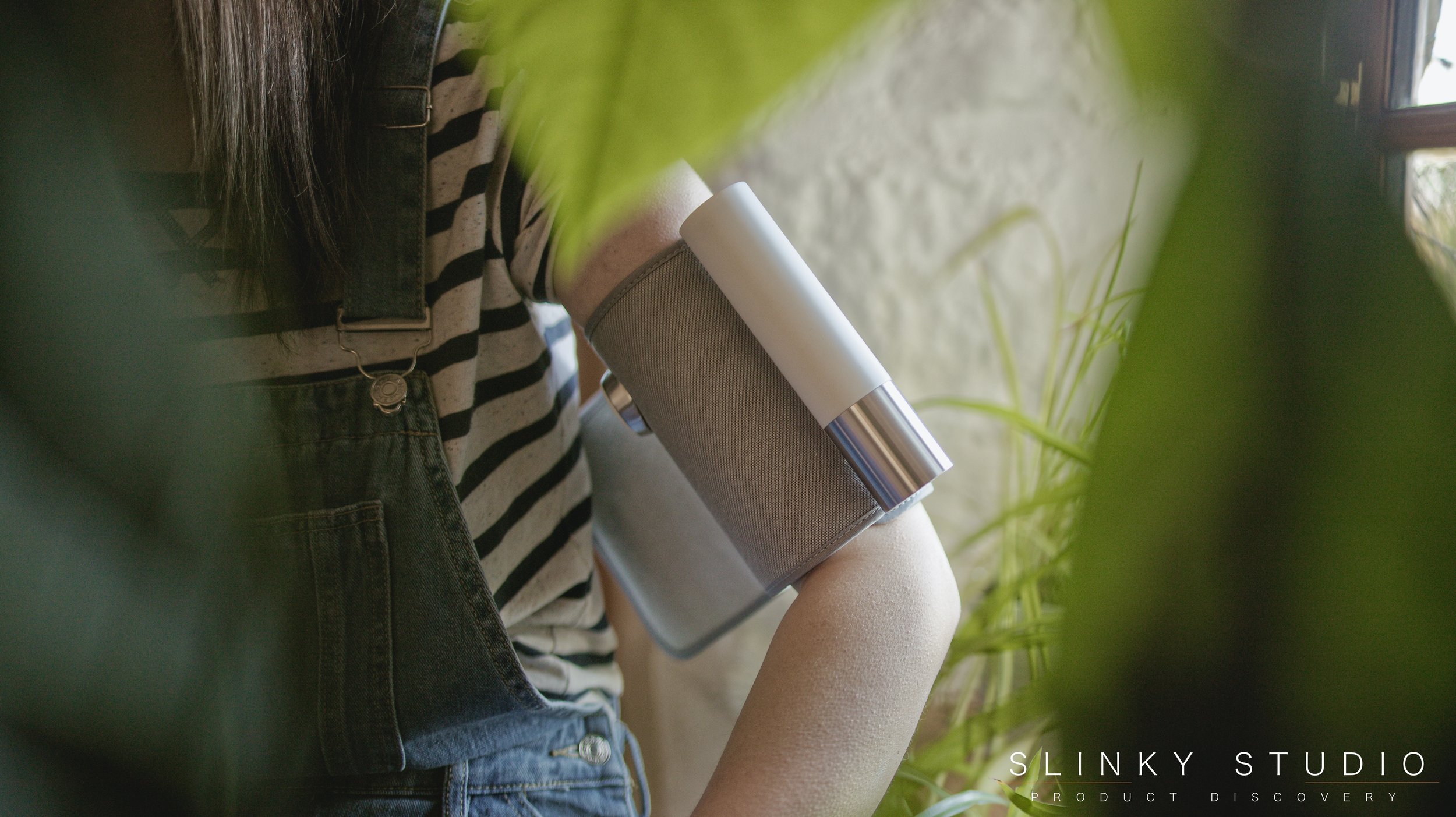Withings Body Scan Smart Scale Review
Human weight is a relative metric that means little on its own without considering height. But research now shows that even combining the two is simplistic for truly understanding body health. Instead, we need deeper insights—tracking body composition, muscle-to-fat ratio, and long-term trends rather than relying on occasional checkups. This is where the Withings Body Scan smart scale steps in, offering clinical validation of measurements to provide a more complete picture of your body’s makeup, while aiming to reassure users of its accuracy from the company that invented the smart scale for £349/$399. We’ve been testing it for over a month to find out if it can be trusted and if it's actually beneficial?
Design and Spec
the Withings Body Scan Smart scale is a slab of glass with a corded ECG which you pull upward every time you step on the scale, almost like the handle on a rowing machine (there’s also a supplied wall mount for this if you don’t fancy bending down). In terms of build quality, we were genuinely impressed. The Withings Body Scan feels undeniably premium, certainly the most well-built scale we've ever used or even laid eyes on. The high-strength tempered glass platform feels sturdy and smooth to the touch, while the solid underbody adds to the feeling of durability. Even the ECG accessory itself feels luxurious in your hands, further reinforcing the overall high-end experience. It’s clear that Withings has invested a lot of thought into both the functionality and aesthetics of this scale.
Additionally, the 2.8-inch LCD display is sharp, clear and backlit, making it easy to read even during those groggy early mornings when you're just waking up. It's also Wi-Fi-enabled, so after each weigh-in, it feeds you the weather forecast and air quality for the day ahead, as it shoots your latest data off to the cloud to be synced with the Withings app – a neat little bonus.


Withings App
Since our last review of a Withings product, the BPM Core, the Withings app has undergone significant improvements, and we’re pleased to say that these changes are largely for the better. Interpreting data has become far more intuitive, thanks to a well-organised layout that divides information into key sections: Activity, Body, Heart, Sleep and Respiratory. Each section offers a comprehensive overview of the relevant metrics, making it easier for users to understand their health trends at a glance.
We particularly like how the app breaks down individual stats and displays feedback in the form of a green tick or other indicators to show whether your metrics fall within a healthy range. This provides immediate, positive reinforcement, which can be a great motivator to stay on track. Additionally, users can track their data over customisable periods—whether that’s a week, month, quarter, semester, or year—allowing for flexible monitoring depending on your goals. You can visualise these trends on clear, easy-to-read graphs, making it simple to identify patterns in your weight, heart rate, sleep quality and other health indicators.
All data captured from Withings products can be shared with the Apple Health app and vice versa, which happens swiftly once data is captured, and the synchronicity between the two is superb!



Ease of Use
You need to be barefoot to use the Withings Body Scan, and early in the morning the glass surface can feel quite cold to the touch. However, it’s impressively forgiving when it comes to foot placement—no need to fidget or reposition, as it has worked flawlessly every time we’ve stepped on it, with no errors.
Withings has also been clever in how it handles multiple users. Simply step onto the scale, and it automatically assigns the reading based on your unique weight. If multiple people in the household have similar weights, you can shift your weight to either foot to cycle through profiles until you reach the correct one—then just re-centre yourself, and the scale confirms your selection. It takes a few tries to master, but now we get it right almost every time.
One feature we’d love to see in a future firmware update is a dedicated parcel/object weighing mode. Whenever we’ve tried to weigh an object, the scale either mistakenly assigns it to a user with a similar weight or jumps between profiles, struggling to categorise it properly. A manual object-weighing mode would be a useful addition.
As for battery life, we haven’t been able to fully test its longevity yet, but after around 50 days of use, the battery has dropped by only about 20%—and that includes software updates and the initial setup process. We haven’t had to recharge the USB-C-powered Li-ion battery yet, and Withings claims it lasts up to a year on a single charge. Based on our experience with three people regularly using the scale, that estimate seems realistic.


Is it helpful?
The Withings Body Scan is an excellent scale for weighing, with an impressive accuracy within 50g. But its real value lies in body composition tracking. Anyone who uses an Apple Watch, like us, will likely feel the pull to dive deeper into understanding their body. While pinpoint accuracy isn’t guaranteed, the day-to-day trends displayed in the Withings app paint a meaningful picture of body composition changes over time.
For instance, across both male and female testers here at the studio, we found that just 20–30 minutes of daily exercise consistently resulted in higher muscle mass readings and a reduction in visceral fat percentage, and periods of less activity showed the opposite. Additionally, the app tracks metabolic age (BMR) and BMI trends, showing whether they are rising, falling, or remaining stable. However, we quickly learned that daily weigh-ins are key for reliable tracking. When we skipped a few days, readings appeared exaggerated, but once we resumed consistent usage, the scale’s results gradually returned to expected trends—almost as if it was relearning our bodies.
What truly sets the Withings Body Scan apart from cheaper smart scales is its use of multi-frequency BIA (bioelectrical impedance analysis) to measure segmental body composition—breaking down fat, muscle, bone and water mass. This method is far superior to the single-frequency BIA found in budget scales, offering more accurate insights. The results are visually detailed, allowing users to track composition changes in each arm, leg, and torso with a clear breakdown of total fat and muscle in both kilograms and percentages. Separate graphs provide historical data tracking, ensuring long-term monitoring.
One of the most intriguing aspects of this scale is its nerve health tracking, a feature we haven't seen in other consumer models. There’s even scientific evidence suggesting a link between nerve health and our perception of time. Withings achieves this by measuring sudomotor function, which assesses small nerve activity and presents a score out of 100 (ours all ranging within the late 70s and early 80s). While it’s still early days in fully understanding the practical applications, this extra dimension of health tracking could prove valuable for long-term wellness insights—and the underlying science is reassuring.
That said, one area of uncertainty remains: vascular age. We have no qualms with the 6-lead ECG, which works flawlessly. We’re just unsure how the vascular age is determined, is it solely by the Withings Body Scan readings or does it also incorporate heart data from the Apple Health app, which originates from our Apple Watches. Some testers reported elevated heart rates when using the Withings Body Scan—likely due to the awareness of the test itself. In contrast, the passive heart rate tracking from an Apple Watch offers a more reliable resting heart rate measurement. So this one is up for conjecture.
Verdict
Ultimately, while no home scale can yet replace professional diagnostic tools, the Withings Body Scan stands out as one of the most advanced we’ve tested. With its combination of multi-frequency BIA, sudomotor function tracking, and detailed body composition analysis, it offers valuable long-term data that can provide a more complete picture of your overall health.
The scale goes beyond just tracking weight, allowing you to monitor muscle mass, visceral fat, metabolic age, and even nerve health, offering actionable insights that can guide you toward better lifestyle choices. Although its readings might not be 100% precise in every instance, the consistent trends provided by the Withings app are incredibly useful for understanding the long-term evolution of your body.
For anyone looking to gain a deeper understanding of their health—and especially those already using smart devices like the Apple Watch—the Withings Body Scan serves as an exceptional tool for monitoring progress, setting goals and fine-tuning personal wellness.







